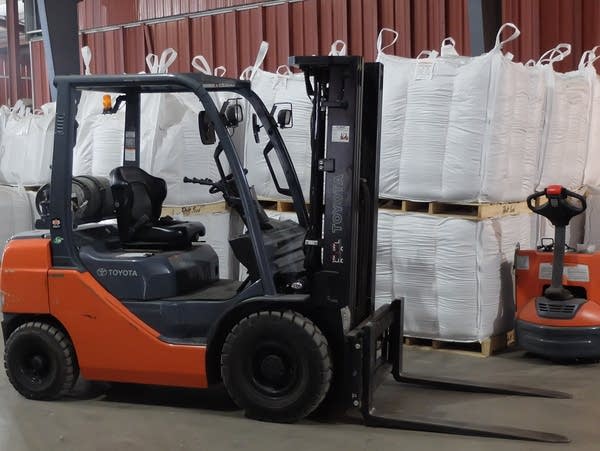Shipping disruptions slow Minnesota crop exports, increase food costs

A forklift is parked next to bags filled with seed in a warehouse at Tobolt Seed in Moorhead, Minn., on Monday.
Dan Gunderson | MPR News
Go Deeper.
Create an account or log in to save stories.
Like this?
Thanks for liking this story! We have added it to a list of your favorite stories.


